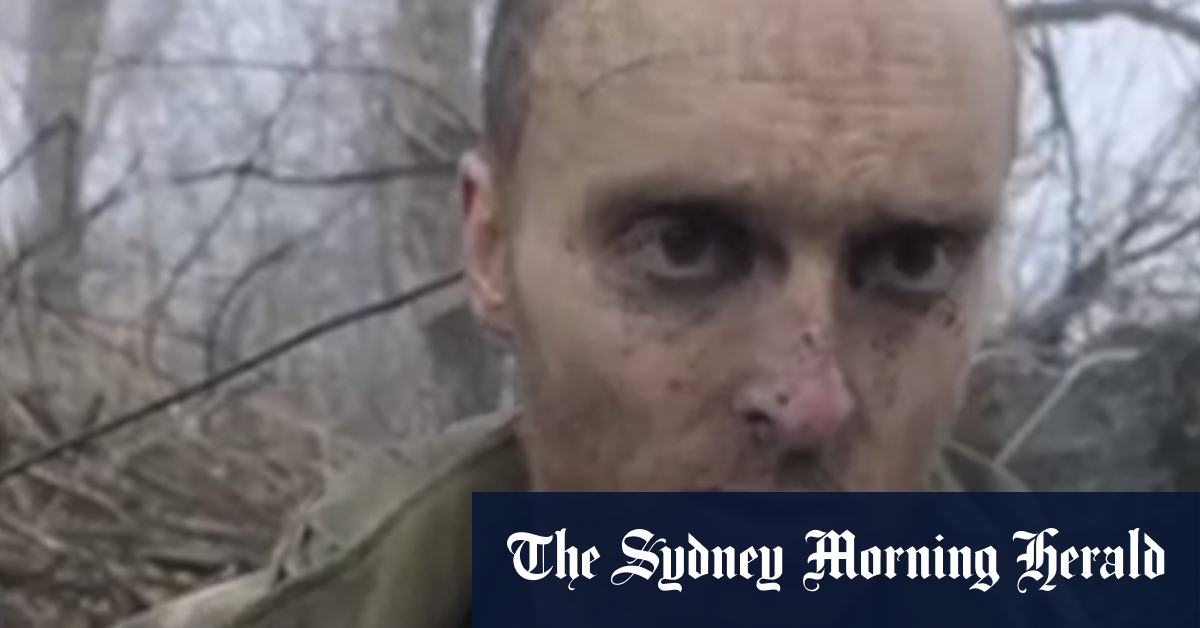Historians shed light on Anzac story long absent from history books

- by Admin
- April 23, 2024
When Australia pauses on Thursday to commemorate soldiers who have served and given their lives, the Indian diaspora is being invited to reflect on its own unique connection to Anzac Day.
More than 16,000 soldiers from the sub-continent took part in the failed invasion as part of the Allied forces where they fought, worked and died alongside Anzacs.
They have even been linked to one of Australia’s most storied soldiers of World War I, John Simpson Kirkpatrick, but the story of the Indian contribution at Gallipoli has been largely untold.
The Indian soldiers at Gallipoli were predominantly comprised of Gurkhas and Sikhs who fought on the front lines, transported equipment between battalions and operated the mule corps.
From the moment Australians landed at Gallipoli they were accompanied by Indian soldiers serving under the British Raj, leading war historian Peter Stanley said.
“Indians and Australians stood literally shoulder to shoulder through the whole Gallipoli campaign,” he said.
“The Indians were very different to the Australians in lots of ways.
“They were different culturally, religiously … in terms of their literacy.”
Soldiers tell stories of mateship
Photos, diary entries and letters written by Australian soldiers show how an unlikely relationship grew between the two countries.
Anzac soldiers are recorded reflecting on the Indian soldiers’ professionalism.
One South Australian stretcher bearer wrote in correspondence to the secretary of state for India, describing them as “those grand & game soldiers of India” and said despite common prejudices at the time, that Australians would “extend an open hand of binding friendship … wherever we meet”.
Professor Stanley said the relationship needed to be viewed through the context of a “profoundly racist” Australia, which had implemented the White Australia policy more than a decade earlier.
“So, it’s remarkable that the Australians regarded the Indians with respect and friendship,” he said.
“It’s also remarkable that the two sides actually dealt with each other at all, because given the White Australia Policy, you would have expected that the Indians would have been disdained by the Anzacs.
“But they gained a new respect for them on Gallipoli.”
Australia’s most famous hero of World War I, John Simpson Kirkpatrick, who rescued wounded soldiers with his donkey, lived alongside the Indian mule corps during his three weeks at Gallipoli.
“He lived with them, he ate their food, he shared their quarters, he communicated with them,” Professor Stanley said.
“The best-known Anzac of the Great War, spent his last three weeks on Earth in the company, not of Australians … he spent it with Indian troops.”
Anzac Day is becoming increasingly diverse, historian says
About 1,600 Indian servicemen died at Gallipoli. Their sacrifice is carved into the Helles war memorial on the Turkish coast.
But their contribution is often absent from history books, which Professor Stanley said had been framed by English speakers over the past century.
“Most nations only write their own military history,” he said.
“It’s not until this century that historians began to look beyond their national experience and look at other countries’ experiences.”
Air Marshal Ajit Bhonsle served in the Indian Air Force for 40 years and reflects favourably on the Indian-Anzac relationship.
“They broke the bread together,” he said.
“Those lasting friendships, sort of transcended the racist atmosphere that was existing [at] that time.”
On Thursday, Air Marshal Bhonsle will march in Melbourne with about 40 other Indian veterans, marking the contributions of their countrymen more than 100 years ago.
Professor Stanley says it is symbolic of how Anzac Day is becoming increasingly diverse.
“Increasingly from post-1945, different ethnic groups get involved in Anzac Day,” he said.
“Indians are starting to march to mark their connection to this de facto national day and to effectively say, ‘we have a stake in Anzac as well’.”
There are now almost 1 million people living in Australia with Indian heritage.
Lisa Singh, CEO of the Australia India Institute, said this little-known history was a “really-special thing” for the Indian diaspora.
“They can now feel … a sense of connection about their new home here in Australia, as one where they feel part of and belong to,” Ms Singh said.
“Anzac Day is about our Anzacs and about our Indians who fought alongside each other and that’s a beautiful connection … particularly for our Indian diaspora.”
Posted , updated
The Latest News
-
December 23, 2024Australian tennis star Purcell takes on voluntary provisional suspension for breaking anti-doping rules
-
December 23, 2024Wimbledon champion accepts ban for anti-doping breach just months after winning US Open
-
December 23, 2024Australian tennis star Purcell takes voluntary suspension over anti-doping breach
-
December 23, 2024Max Purcell to miss Australian Open after accepting ban for anti-doping breach
-
December 23, 2024Australian tennis star Purcell provisionally suspended for doping




